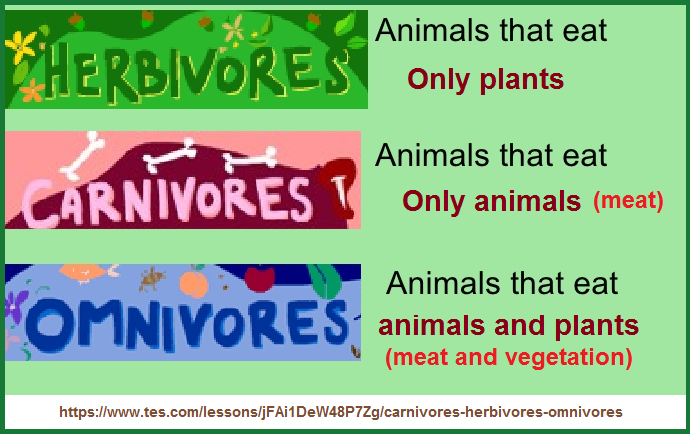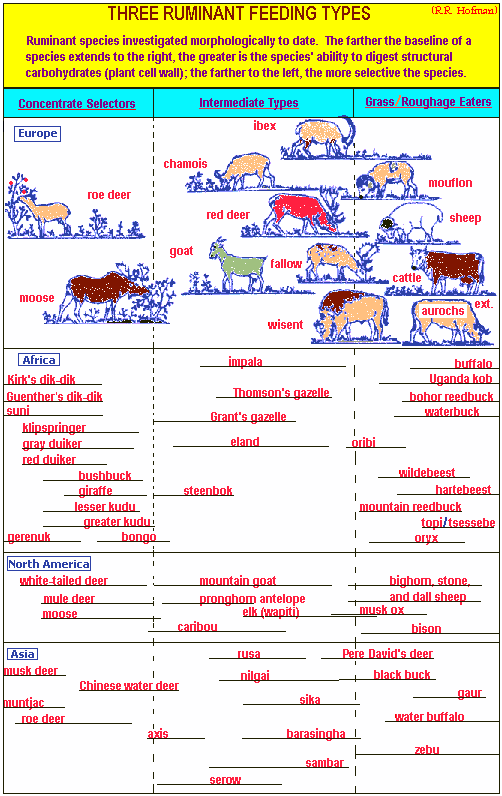~ 22b ~
~ The Study of Threes ~
http://threesology.org
Researchers as of 8/29/2019
| Devil's Advocate Series: | ||||||||
|---|---|---|---|---|---|---|---|---|
| 1 | 2 | 3 | 4 | 5 | 6 | 7 | 8 | 9 |
| 10 | 11 | 12 | 13 | 14A 14B |
15 | 16 | 17 | 18 |
| 19 | 20 | 21 | 22A 22B |
23 | 24 | 25 | 26 | 27 |
| 28 | 29 | 30 A | 30 B | 31 | 32 | 33a | 33b | 33c |
| 34 | 35 | 36 | 37 | 38 | 39 | 40 | 41 A | 41 B |
Here's a list of average life spans from this source: Life spans of animals
|
| |||||||||||||||||||||||||||||||||||||||||||||||||||||||||||||||||||||||||||||||||||||||||||||||||||||||||||||||||||||||||||||||||||||||||||||||||||||||||||||||||||||||||||||
In terms of longevity coupled to the idea of adaptability wherein it is thought by some that being a generalist in habits can be fortuitous over those whose behavior is rather specialized for a given environment, the idea of one's ability to feed on available foodstuffs and not just one commodity that may not be available at a given time of the year in a territory with seasonal changes, comes to mind. The already mentioned (on page 10) three types of feeding ability come into play, even though one may want to consider even more specialized dietary orientations for a given life-form on the microscopic or smaller macroscopic scales, and whether or not to consider the encasement of organelles into a singular cell environment is a type of eating:

With respect to ruminant (grazers) feeding types, below is a chart from the Buckland's Third Revolution Poster column #2 that has been copied and used by others but not been given its due point of origin (on the internet) reference (though I must admit I did not provide the many sources when collating the many threes examples for the printing of the poster):

Let me again state that the above examples of life form values of longevity, are expressions of constraints. While we speak of years, we should be thinking in terms of Hours, minutes and seconds, respectively compared to the age of the Universe, the age of the Solar System and the Age of the Earth. Like wise, when we say that the Events governing the demise of the Sun's energy, the rotation rate of the Earth and the recession of the Moon will take place on a scale of billions of years and that humanity should not be concerned with these events; the life span of all life forms... including humanity must be measured in terms of hours, minutes and seconds in a corresponding one-to-one relationship. The life span of humans must be viewed in the same manner we look upon the life cycle of a fruit (vinegar) fly such as Drosophila used in genetics experiments. Humanity is just as vulnerable to changing and just as calloused in its inability to adapt to abruptly changing environmental events. The many forms of socialized captivity that humanity has created have encased humanity in different cells whose protective barriers are primitively able to make corrective adaptations. Whether the enclosure is one's home, one's economic status, one's religion, climate, gender, age, education, etc..., all of them are specializations that may be interpreted to be functionally able to adapt, but will not be able to because along with the social enclosures is an encasement of thinking that does not provide for a large latitude of adjustment when environmental conditions undergo change. Some groups are more vulnerable than others... as well as being positioned to be used by other groups as sacrificial lambs to protect themselves, as is the case of institutions like religion, government, military organizations, and business which will not hesitate to sacrifice millions to preserve the inner-circle few.
Like different biological cells, people congregate into social spheres like organelles adopting a symbiotic relationship, seldom considering how vulnerable they actually are. And those that do take time to consider it, often react in the extreme by an attempted regression to a former mode of life that had little dependency on current cell structurings and functionality. Yet they too have created a type of cell that remains vulnerable because it is created in response to believed in conditions that can be altered as well. Hence, their present mode of thinking is in response to that which may become extinct and they have not inculcated a mindset which is highly adaptable to changing requirements of adaptive thinking methodologies. In other words, they too are living within a cell as an offshoot of existing cells, though they are thinking they are in avoidance thereto... instead of the actual an existence because of those prevailing conditions that they embrace and develop their own enclosure. Such is the society(s) we live in today... various forms of enslavement and servitude to one be-"cause"-of or another.
Origination date: Tuesday, September 24th, 2019... 5:07 AM
Initial Posting: (Deming, NM) Wednesday, September 25th, 2019... 8:18 AM
Updated Posting:Tuesday, January 17th, 2023... 12:44 AM
Herb O. Buckland
herbobuckland@hotmail.com